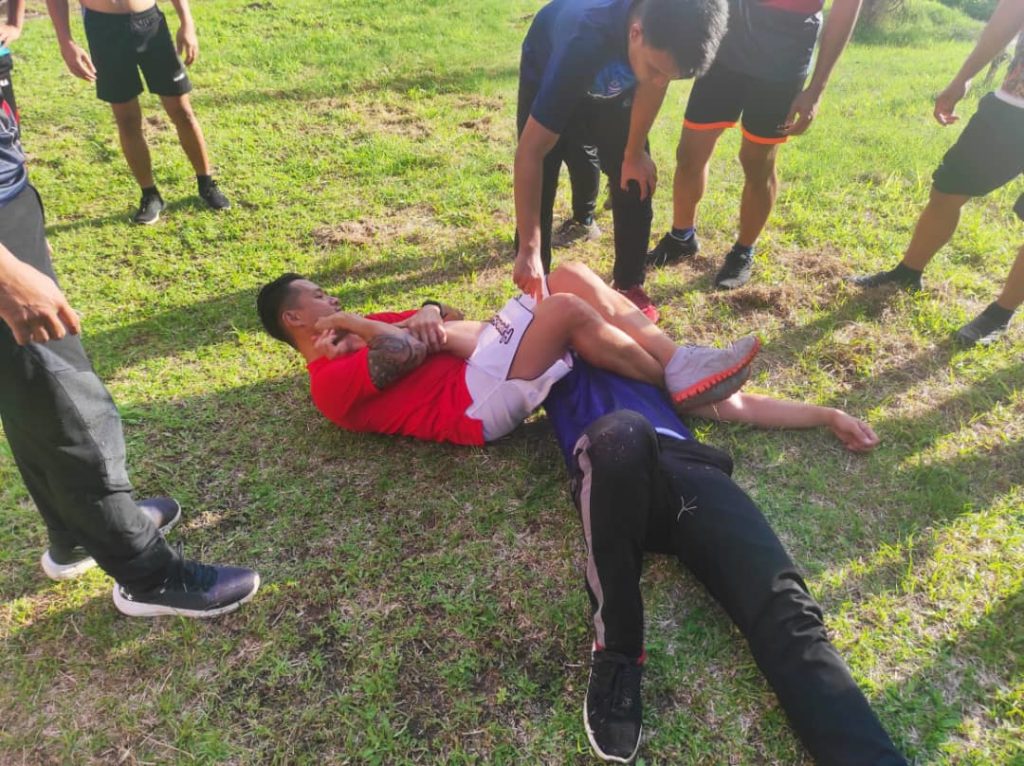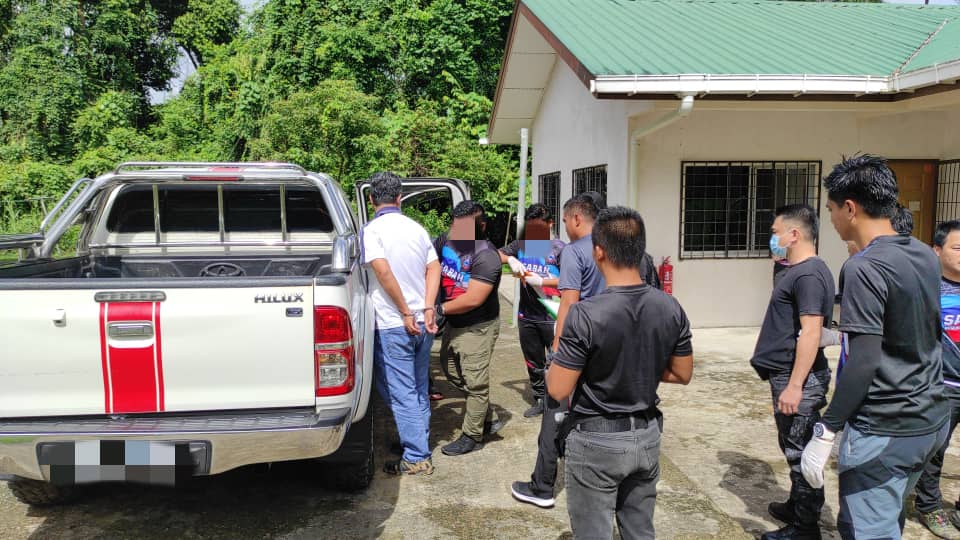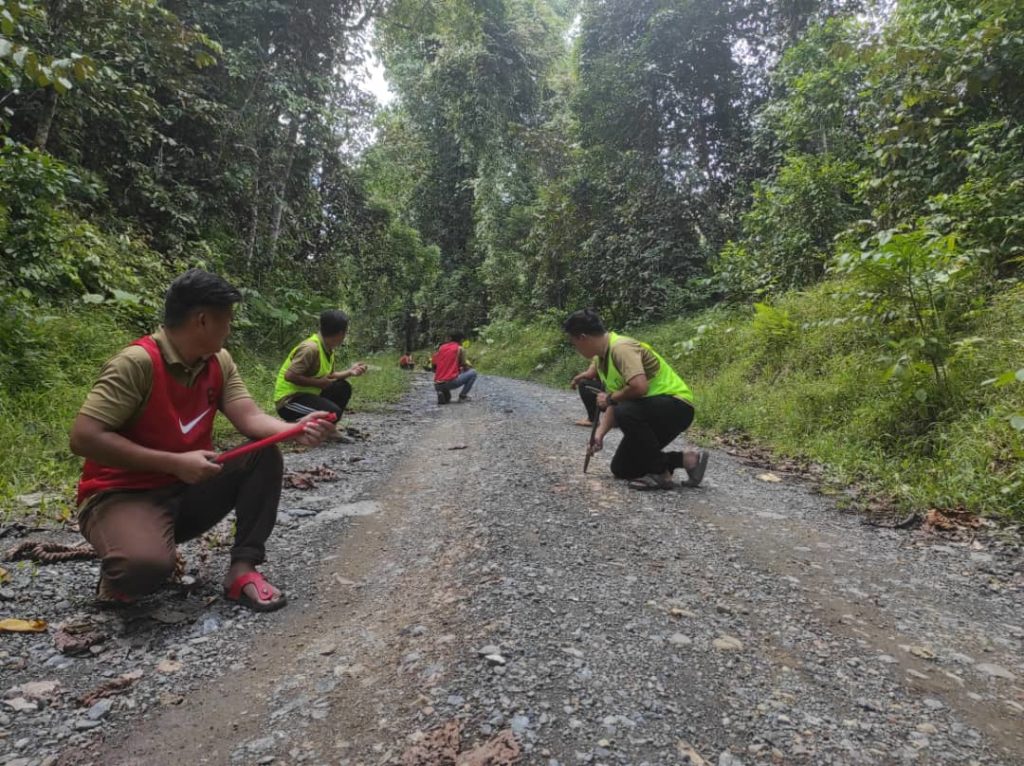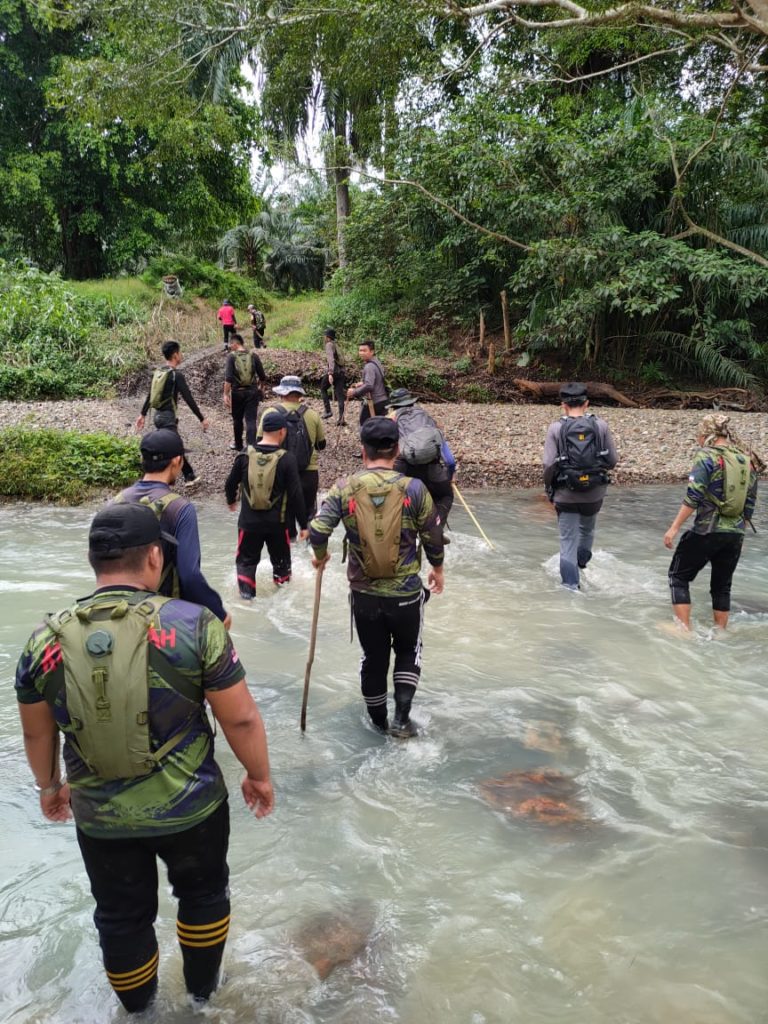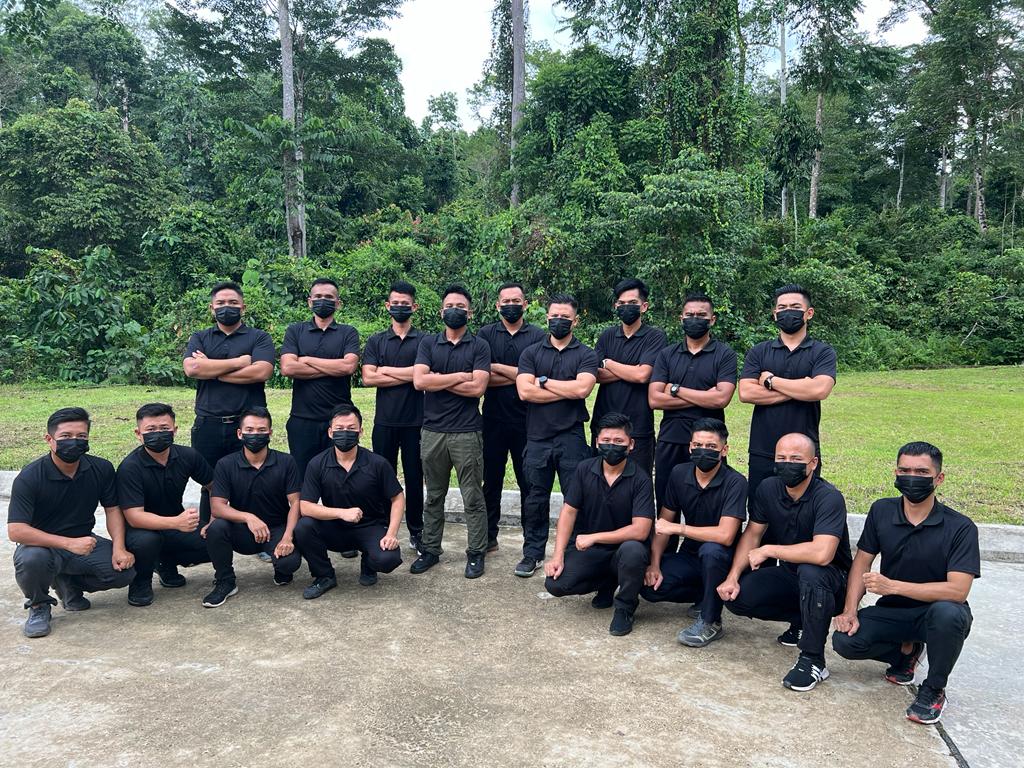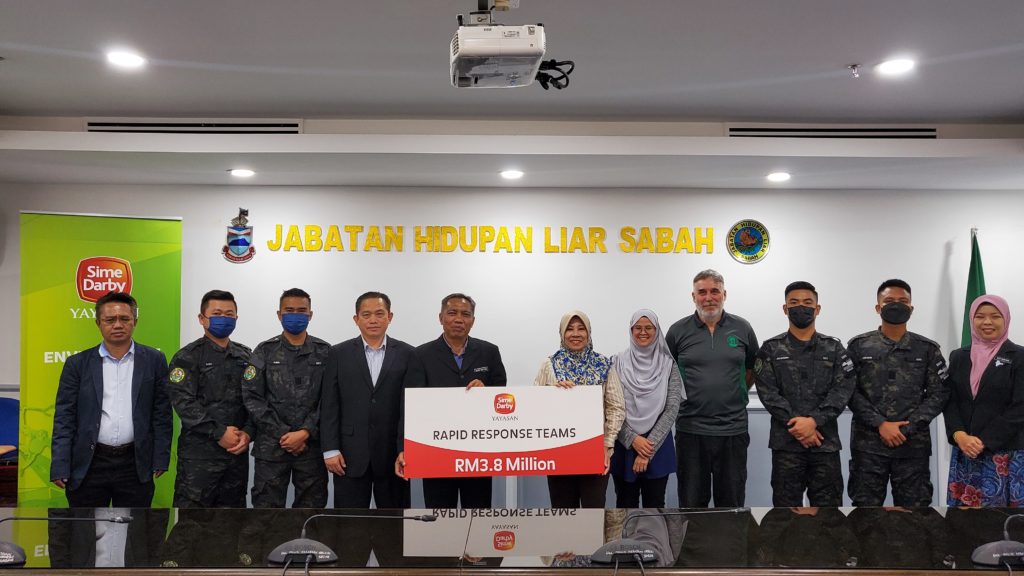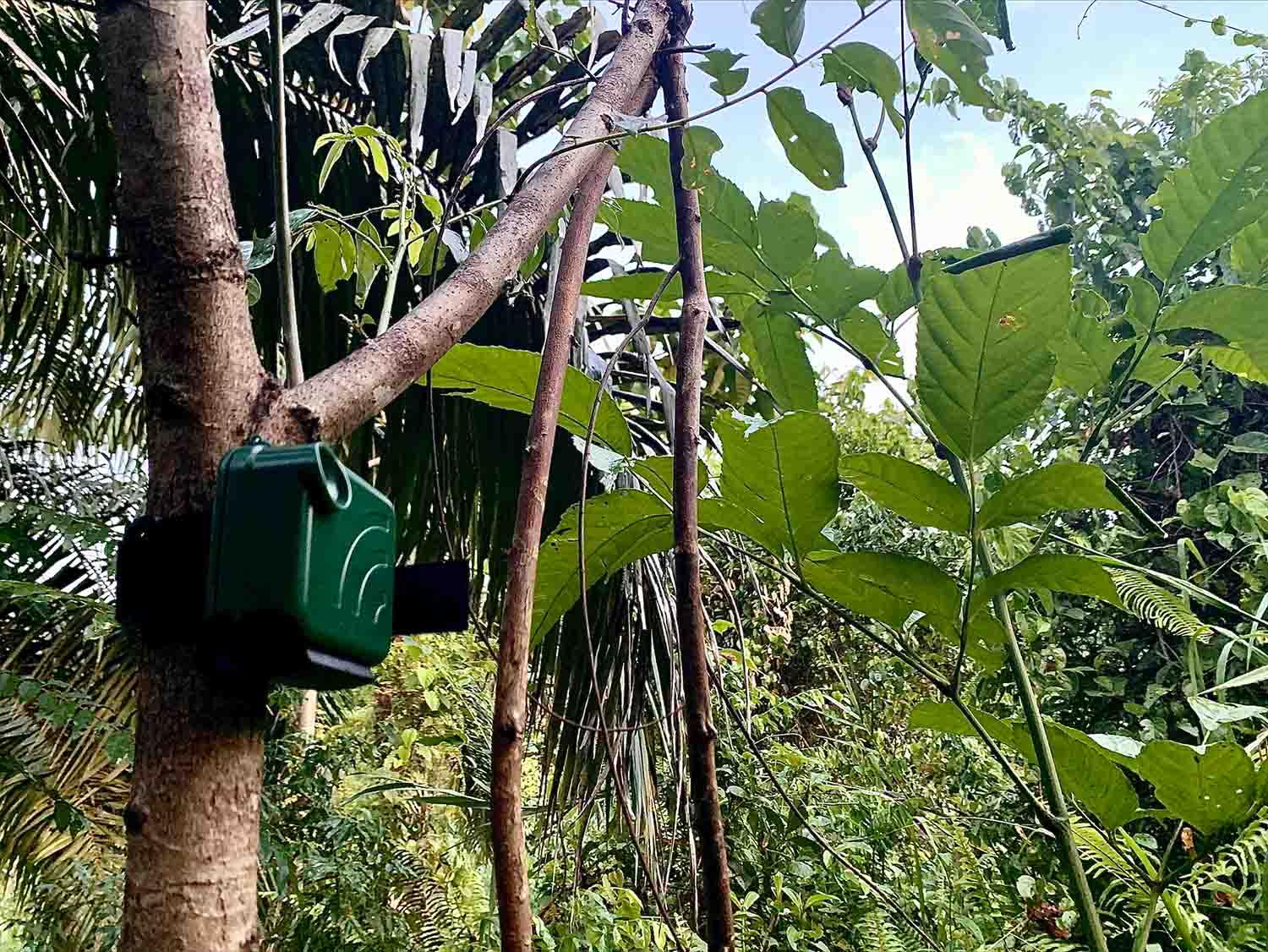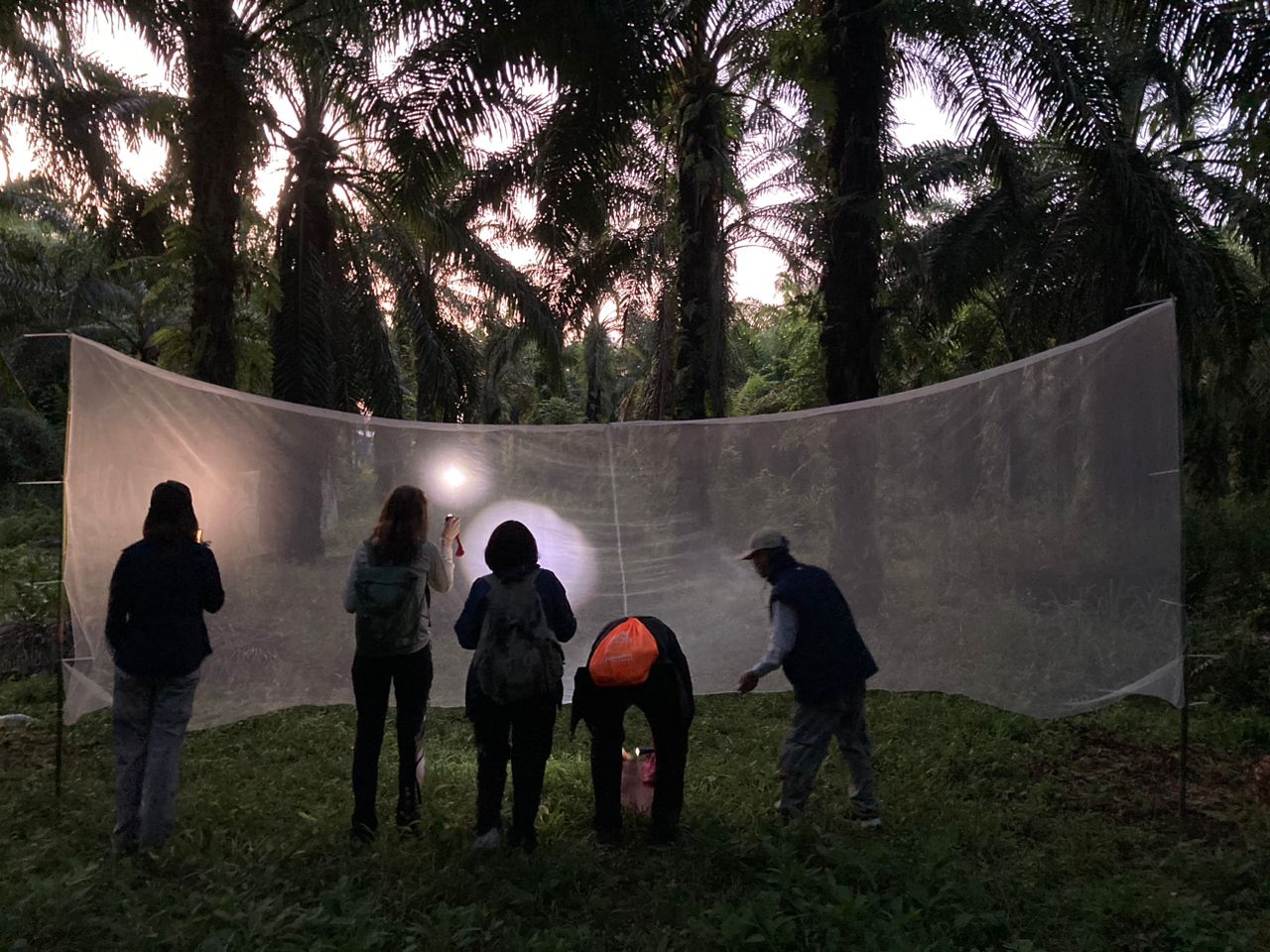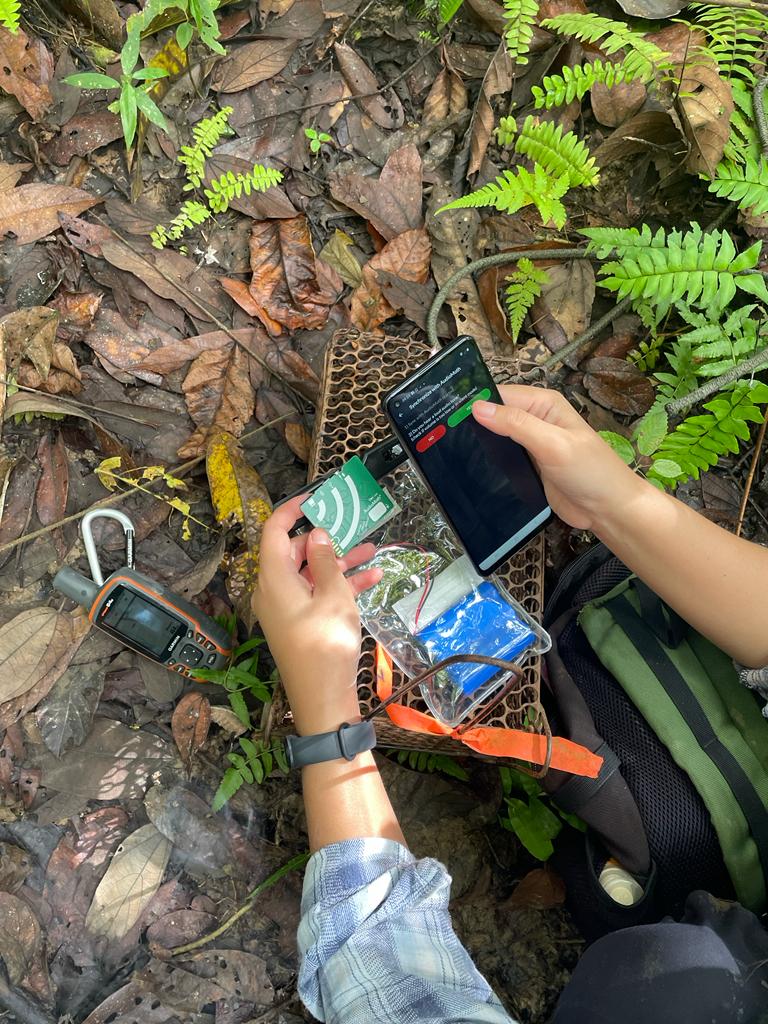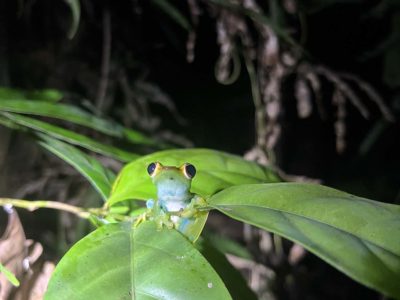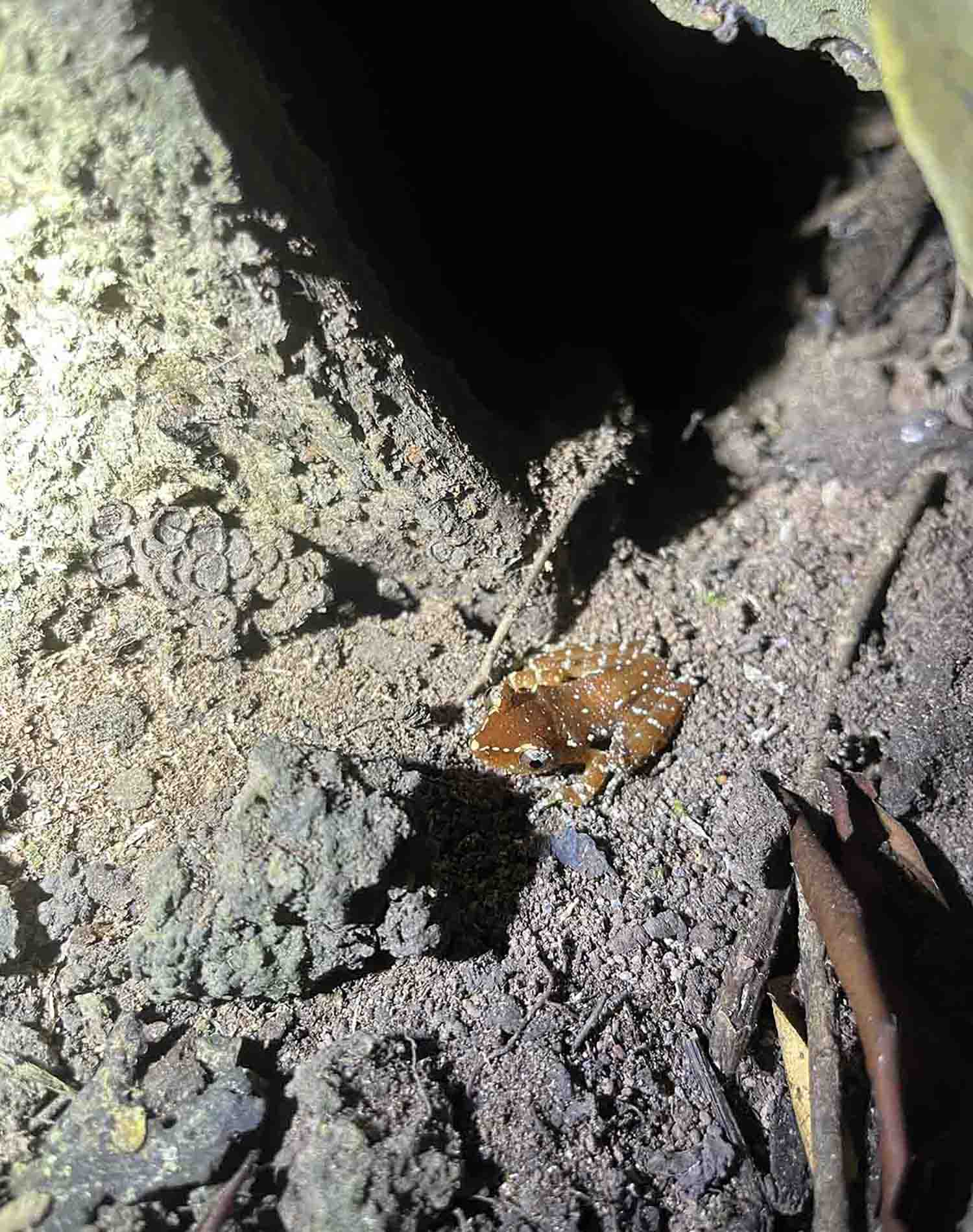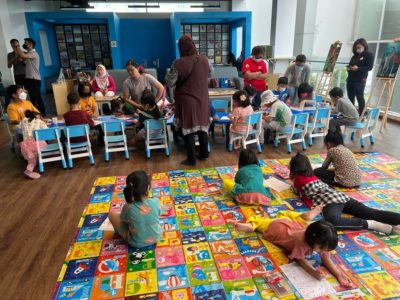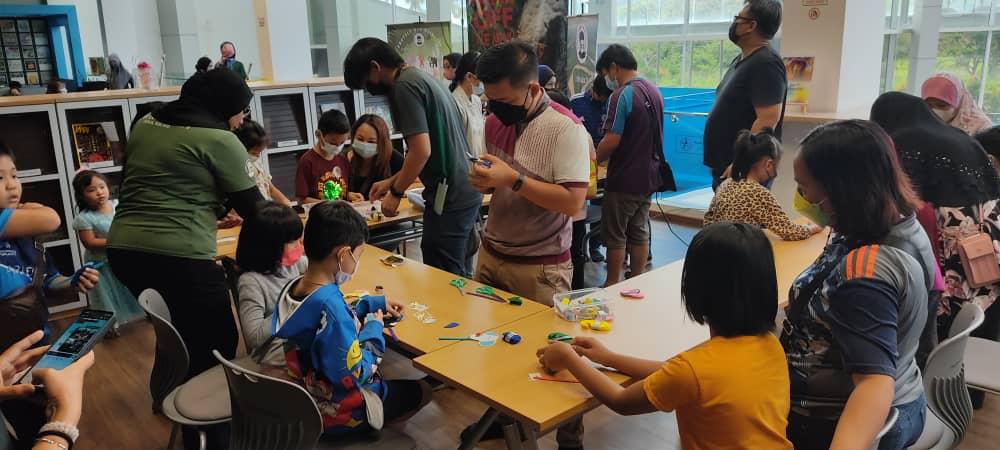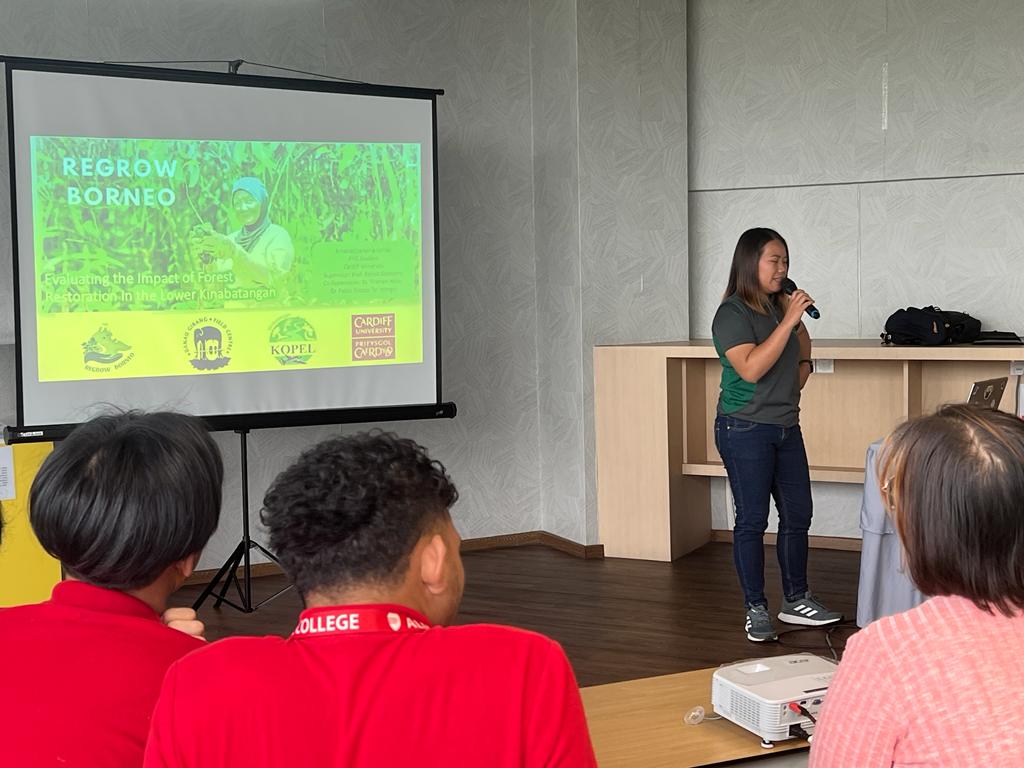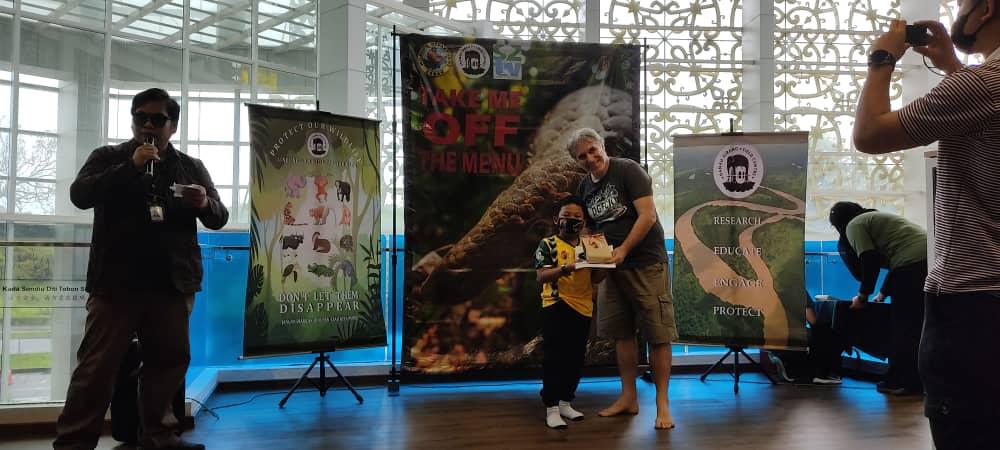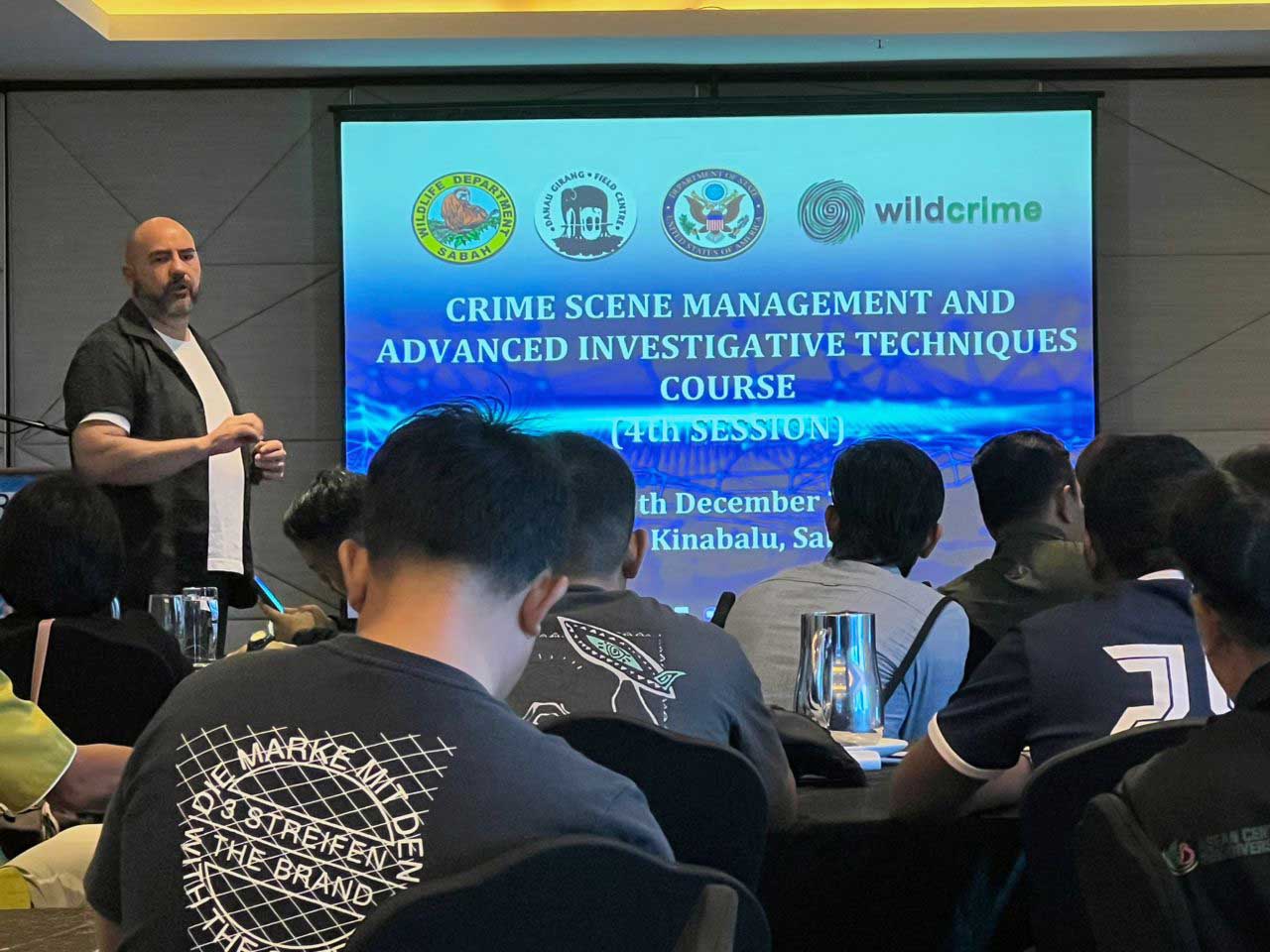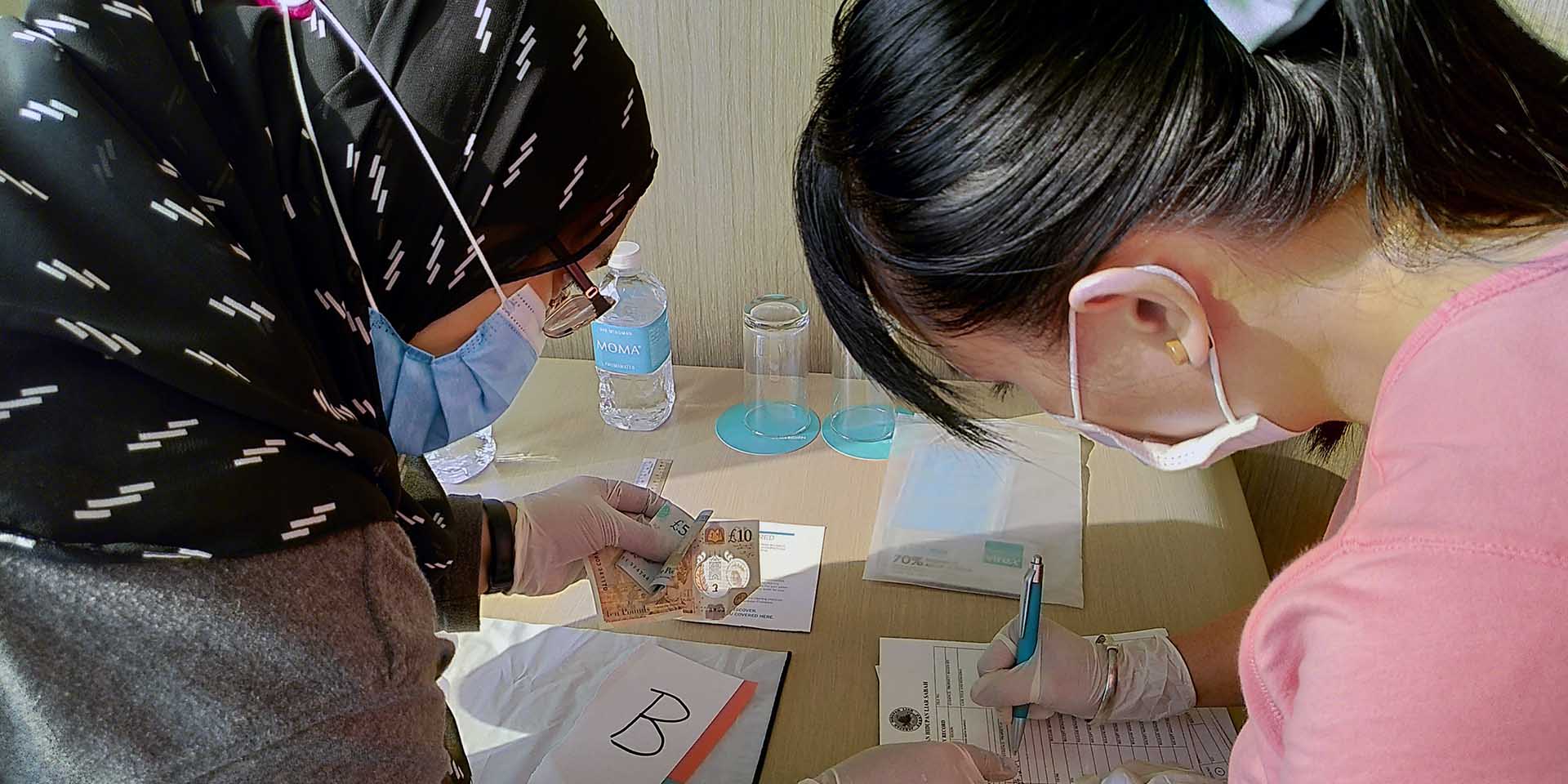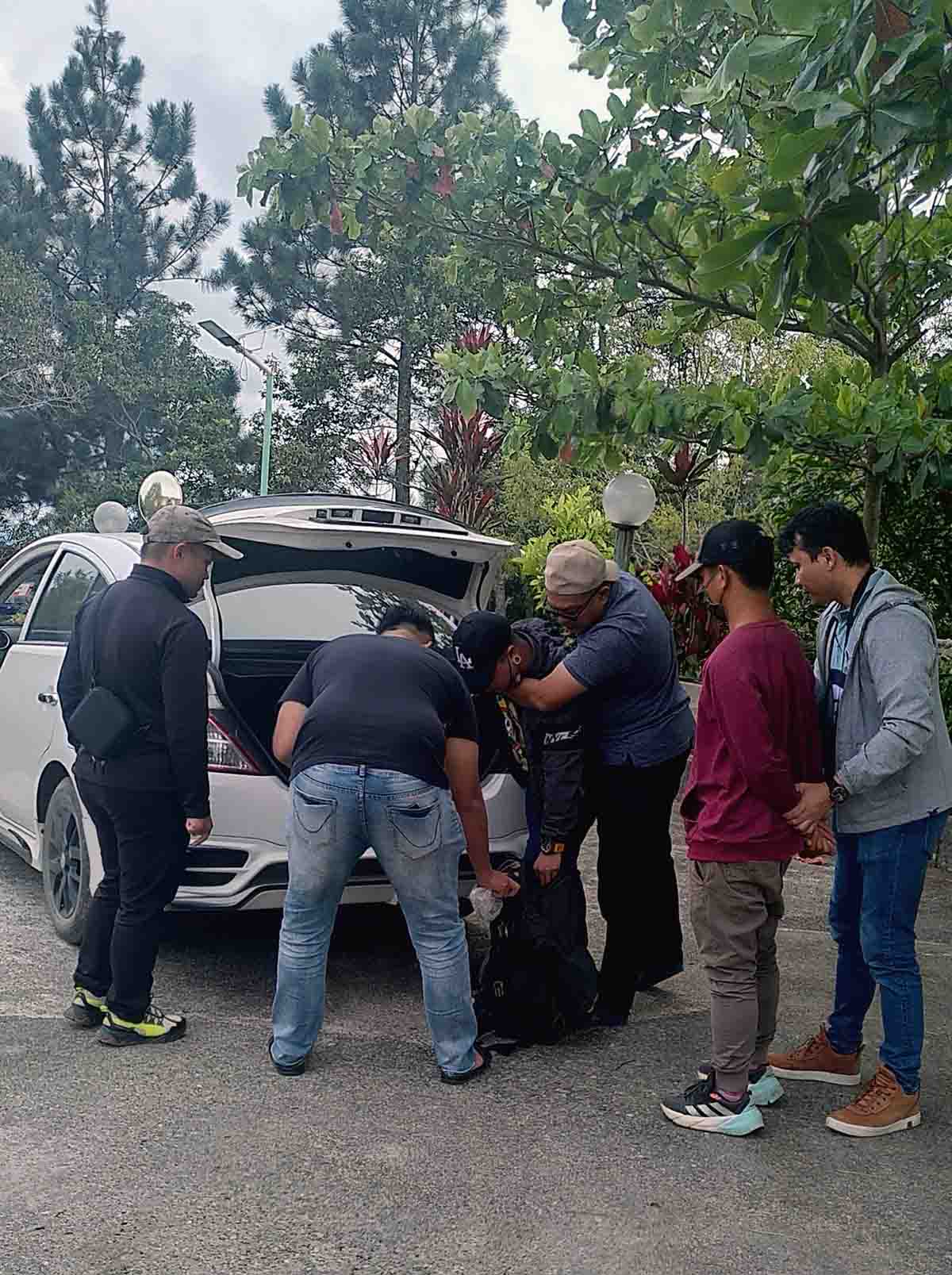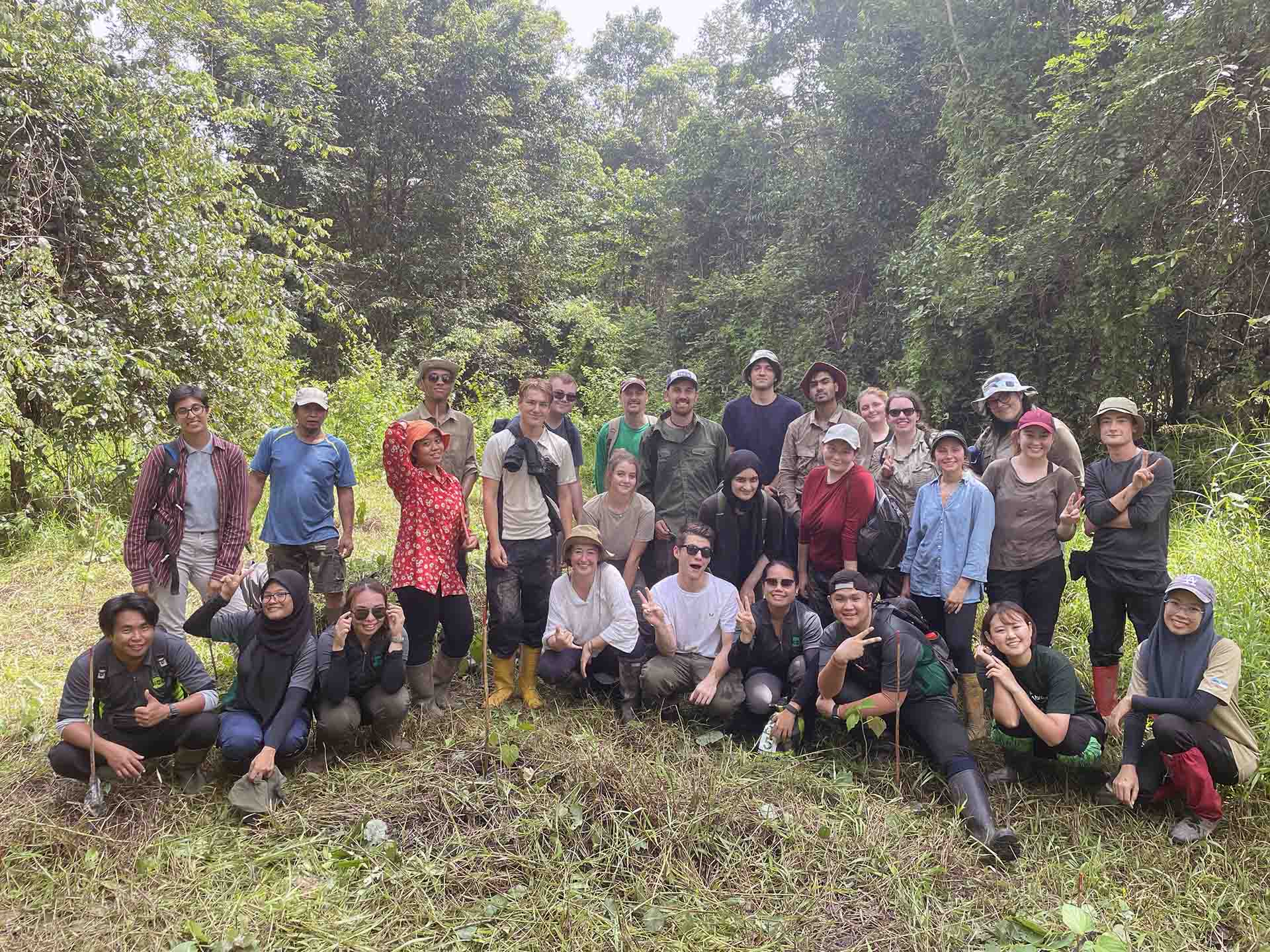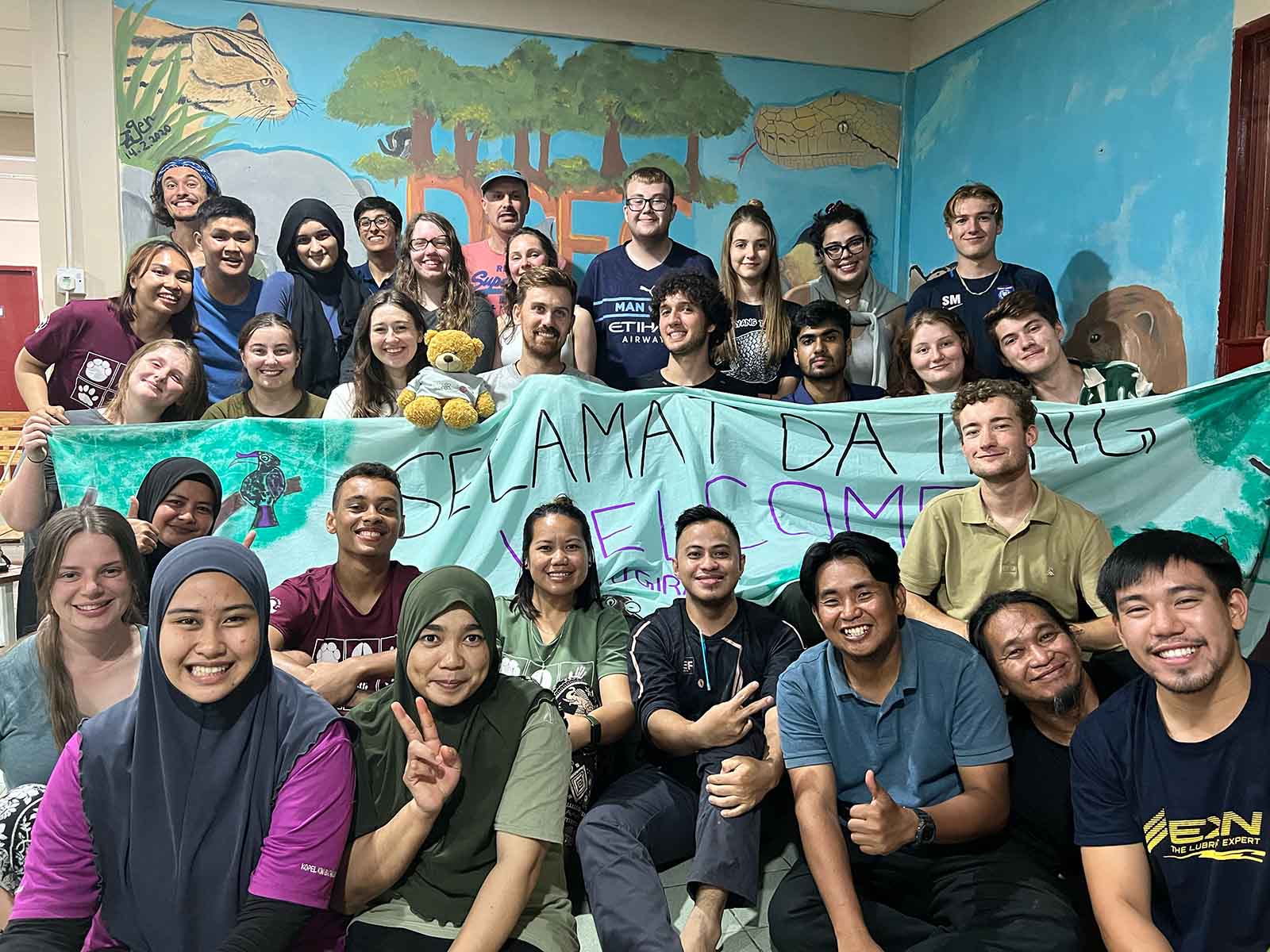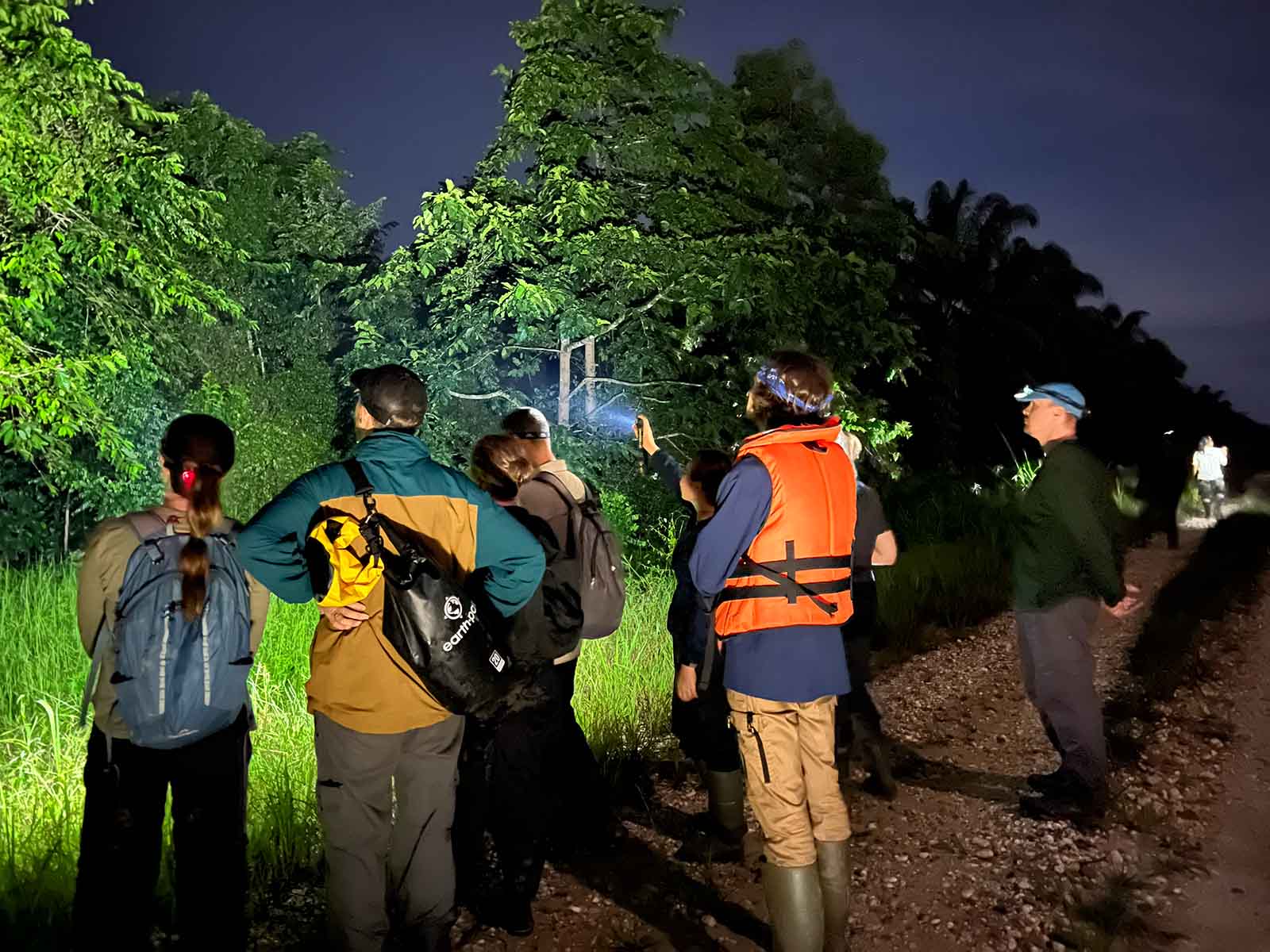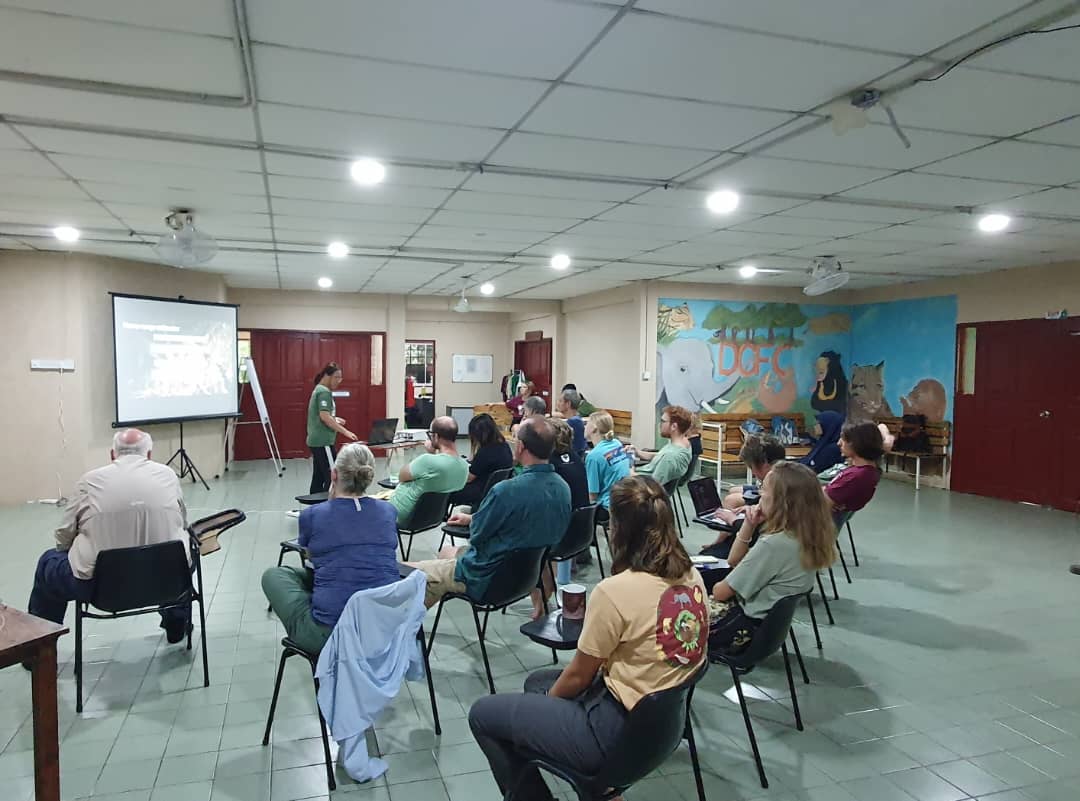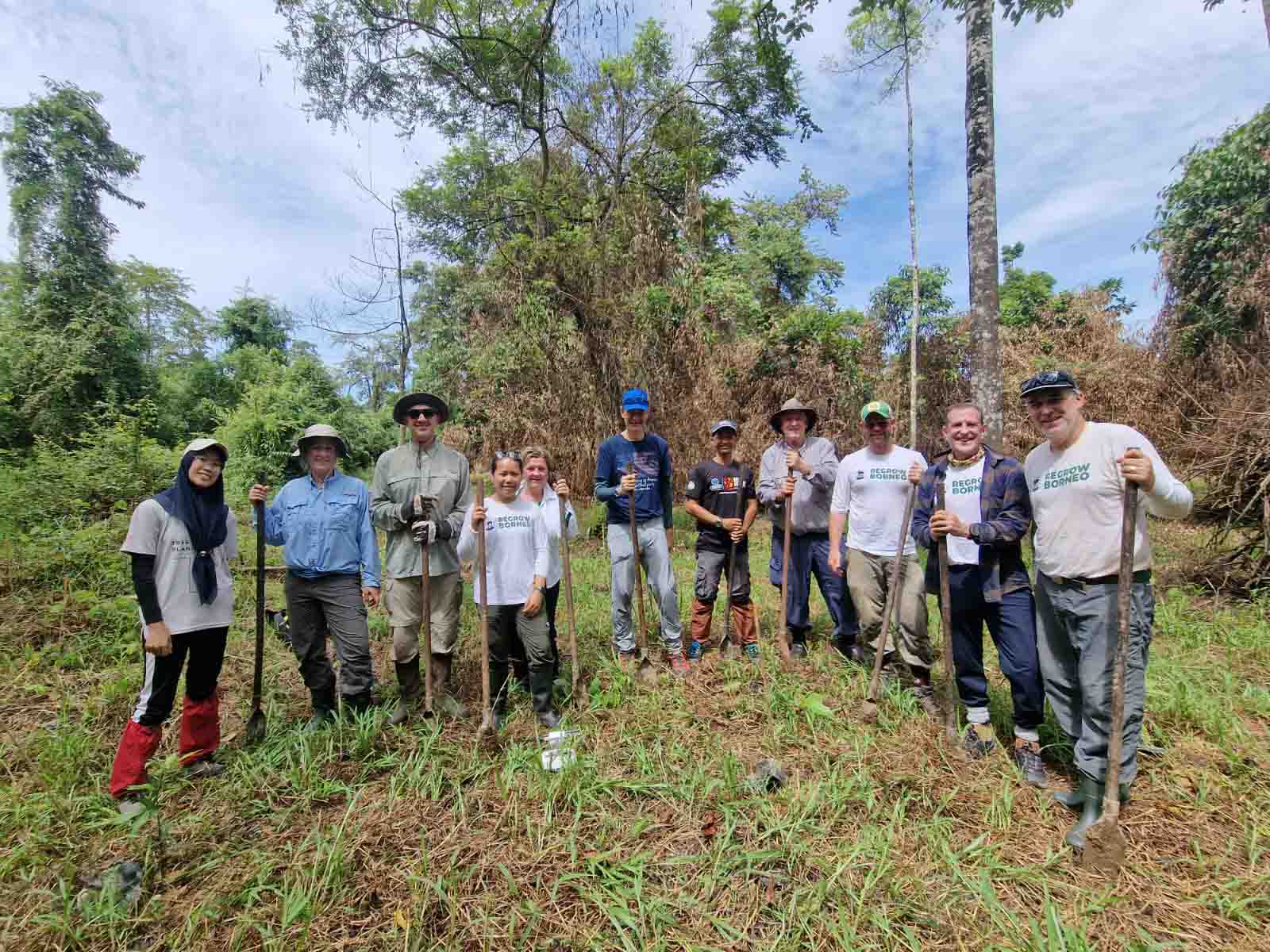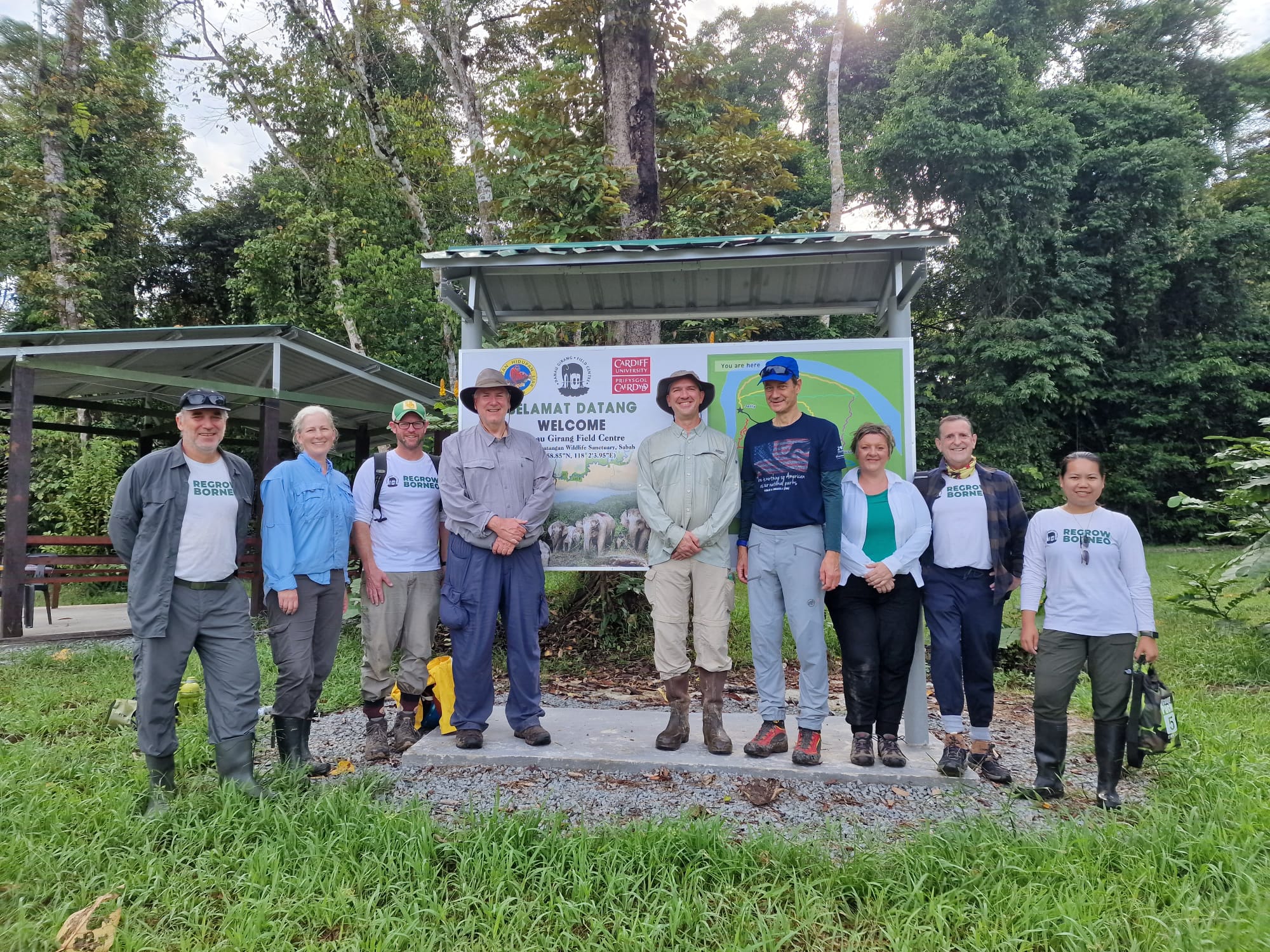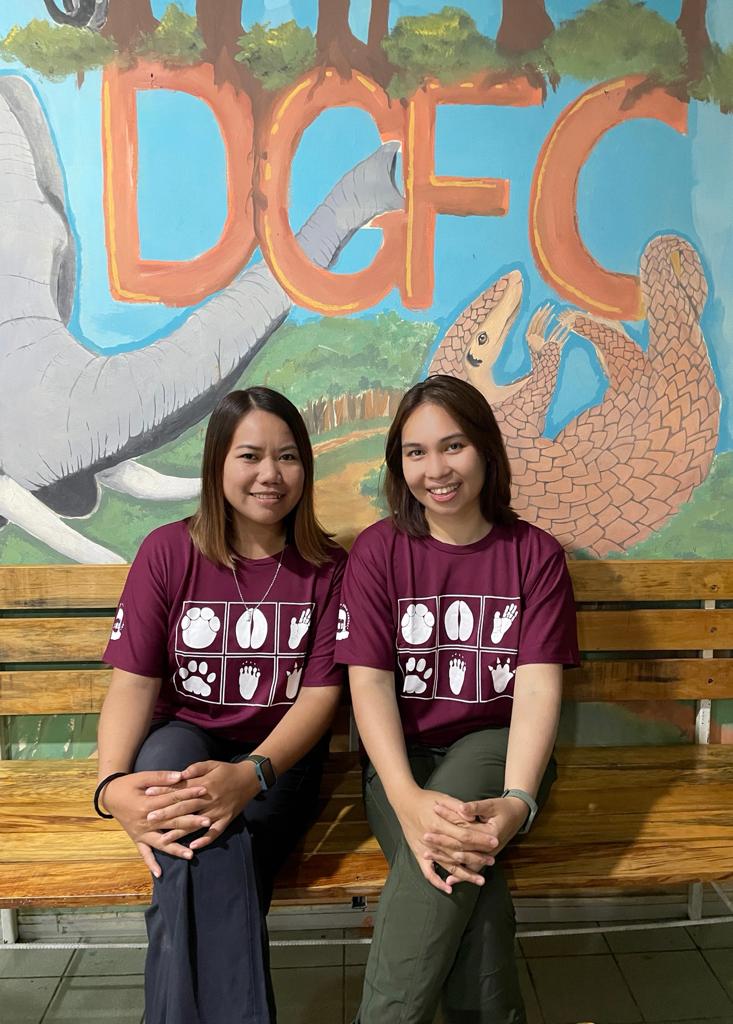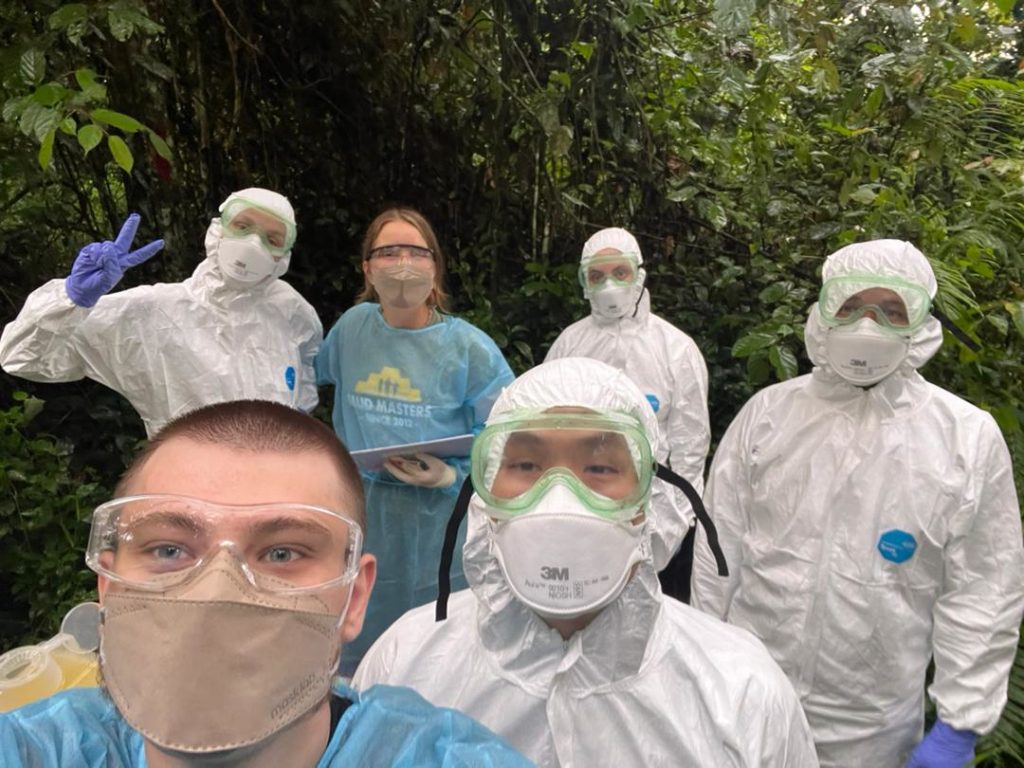More boots on the ground against wildlife poaching and trafficking
More boots on the ground against wildlife poaching and trafficking
A Press Release from Sabah Wildlife Department, Danau Girang Field Centre and Yayasan Sime Darby
13 March 2023, Kota Kinabalu: Yayasan Sime Darby (YSD) has allocated RM3.8 million to Sabah Wildlife Department (SWD) and Danau Girang Field Centre (DGFC) to set up the Rapid Response Teams (RRT), a team of rangers who are being trained to improve effectiveness in reducing wildlife crimes in Sabah. This support had also facilitated an additional RM250,000 in matching funds from the Ministry of Finance for the initiative.
With the sponsorship commitment that commenced last year, DGFC and SWD had set up 3 RRTs consisting of 16 rangers and 1 commander recruited across Sabah including Semporna, Ranau, Lahad Datu, Kinabatangan and Tenom districts. They had been trained to respond to alerts received in real time, perform ad-hoc operations, and support the development of any case investigations. These efforts are intended to accomplish the goals of the Sabah State Action Plan for the conservation of the Bornean banteng, Sunda clouded leopard, proboscis monkey, and Bornean elephant, among others.
“For the past 3 years, DGFC has been committed to the implementation of the State Action Plans that were launched in 2019 and 2020 by the State Government. We started in 2020 with the creation of an Intelligence Unit and a Forensic Unit for the SWD, funded by the US Department of State. Now, the idea of the RRT is to increase the capacity and effectiveness of SWD in rapidly responding to wildlife poaching, trafficking and illegal wildlife trade in Sabah,” said Professor Benoit Goossens, Director of DGFC. “The emphasis will be on tackling online-related modus operandi and in protecting key areas in Sabah such as the Lower Kinabatangan Wildlife Sanctuary and Tabin Wildlife Reserve. The responses will be primarily dictated by the crime analytical products developed by the SWD’s Intelligence Unit and by other monitoring systems,” added Professor Goossens.
“A commander and an assistant commander were hired last August, it was followed by a 2-day intensive selection course organised in Ranau for 39 Sabahans,” said Augustine Tuuga, Director of SWD. “19 were selected to take part in a 3-month intensive training in Tabin Wildlife Reserve that included several modules such as Honorary Wildlife Warden, first aid and forest rescue, tree climbing, self-defence/combative fight and counter-poaching operations. Following the intensive training that ended mid-November 2022, 15 rangers were hired by SWD, with 12 starting patrolling in and around Tabin Wildlife Reserve and 3 based in Kota Kinabalu to support our intelligence unit and respond to wildlife crime offences. Next month, 6 rangers from the 12 currently based in Tabin will move to the Lower Kinabatangan Wildlife Sanctuary,” added Tuuga. “It is my hope that those 17 rangers will become civil servants at the end of this 3-year programme, and will be permanently incorporated within my department,” concluded Tuuga.
“Following our support for the expansion of the Sabah Forestry Department’s PROTECT team, Yayasan Sime Darby is now working with the Sabah Wildlife Department and Danau Girang Field Centre to further combat wildlife poaching and trafficking by complementing the existing 60 rangers from SWD with additional boots on the ground for improved intelligence and response activities,” said Dr Yatela Zainal Abidin, CEO of Yayasan Sime Darby. “With the imminent increase of poaching and wildlife trafficking, our most treasured yet endangered flora and fauna are threatened to the brink of extinction. We do not want a repeat of the tragedy that befell our Sumatran rhinoceros, which was driven to extinction due to the demand for its horn. Through this important government-led initiative with a renowned wildlife research and conservation centre like DGFC, we hope to finally eradicate poaching activities to ensure the survival of our national treasures in Sabah,” emphasised Dr Yatela.
“I was present at Tabin Wildlife Reserve when the trainees received their certificates following the 3-month intensive training. I felt extremely proud of these young Sabahans who were entrusted with the heavy job of protecting their forests and wildlife. It makes me very happy to see that my team at DGFC is playing a substantial role in boosting wildlife conservation in the State,” concluded Professor Goossens.
About Sabah Wildlife Department
Sabah Wildlife Department was officially established on 1st January 1988. It is an official department under the Ministry of Tourism, Culture and Environment which is committed to the enforcement of the Sabah Wildlife Conservation Enactment 1997 and the management of Sabah’s wildlife resources.
About Danau Girang Field Centre (DGFC)
Danau Girang Field Centre is a collaborative research and training facility managed by the Sabah Wildlife Department and Cardiff University. It is situated in Lot 6 of the Lower Kinabatangan Wildlife Sanctuary in Sabah. For more information, visit www.dgfc.life.
About Yayasan Sime Darby (YSD)
Yayasan Sime Darby or Sime Darby Foundation is the philanthropic arm of Sime Darby Berhad, Sime Darby Plantation Berhad and Sime Darby Property Berhad. Established in 1982, the foundation revolves around five pillars which are Education, Environment, Community & Health, Sports, and Arts & Culture. Led by an independent Governing Council, the foundation is managed by a dedicated team who works closely with the 3 Sime Darby companies in areas of mutual interest. Since its inception, the foundation has expanded its wings from offering scholarships to outstanding and deserving individuals to funding impactful conservation, outreach, and development programmes. For more information, visit www.yayasansimedarby.com.
-ENDS-
_______________________________________________
For more information on this press release, please contact:
Dr Benoit Goossens
Danau Girang Field Centre


